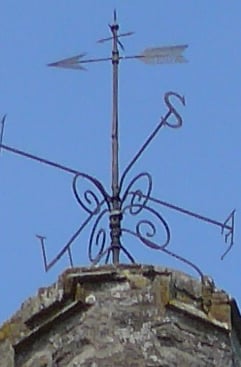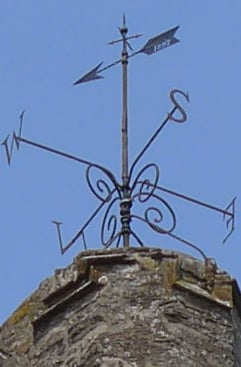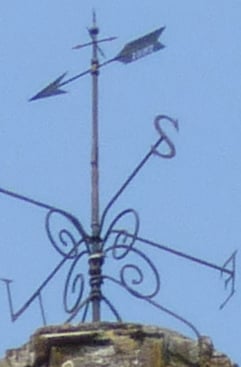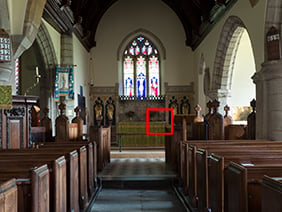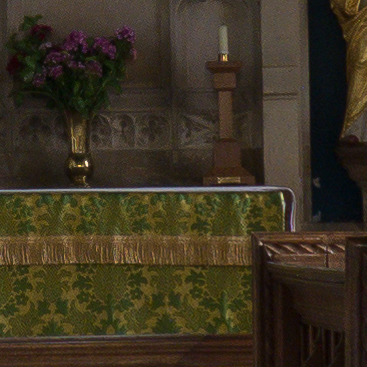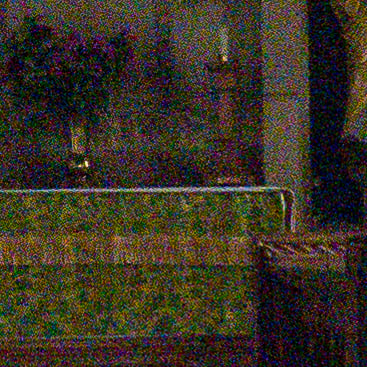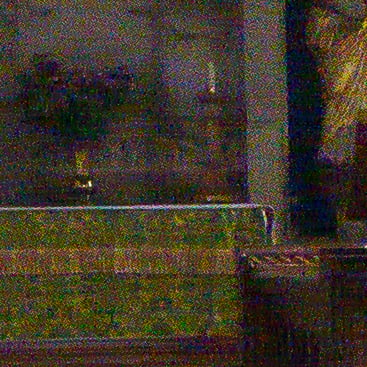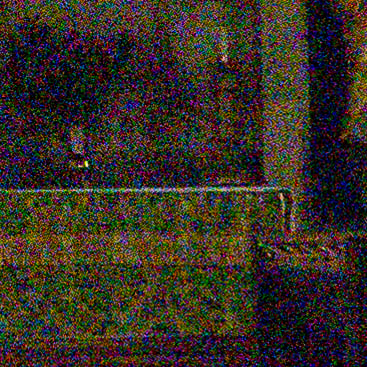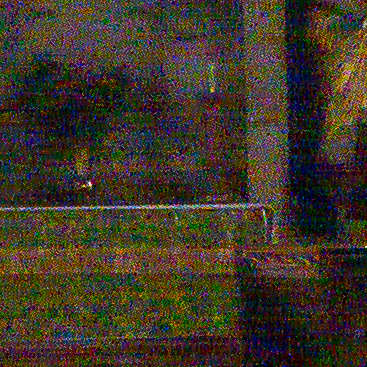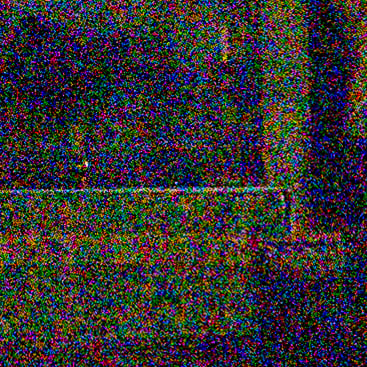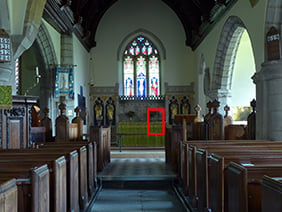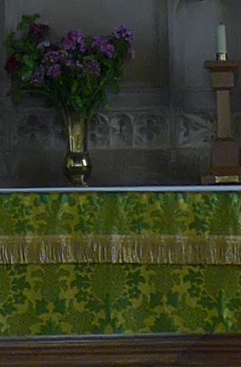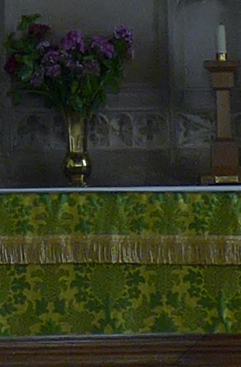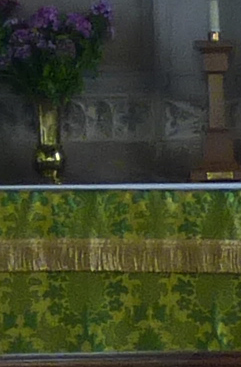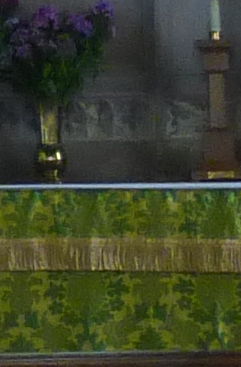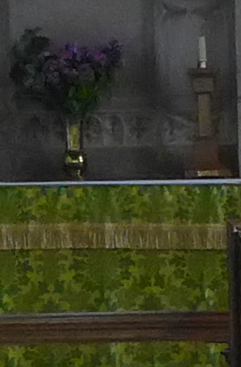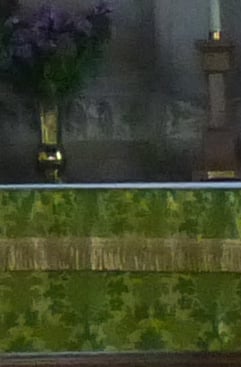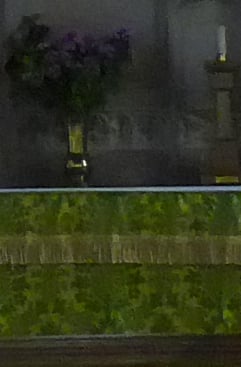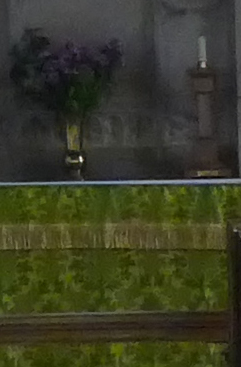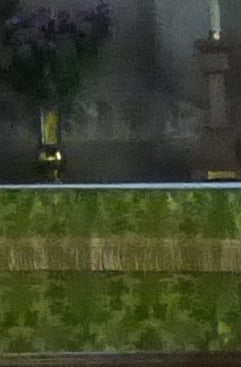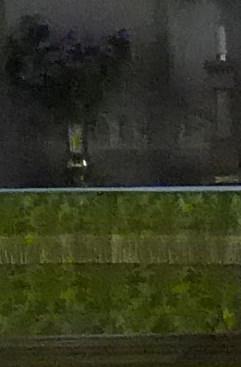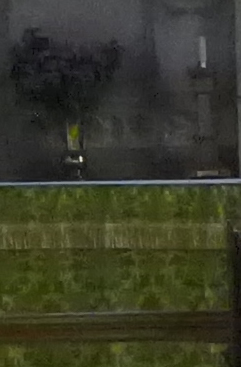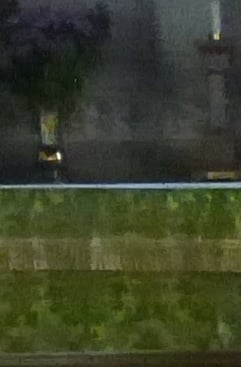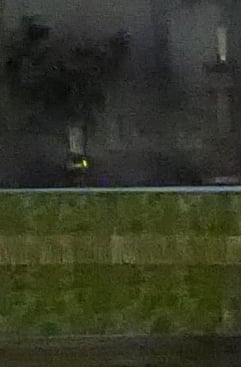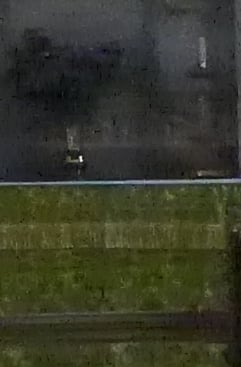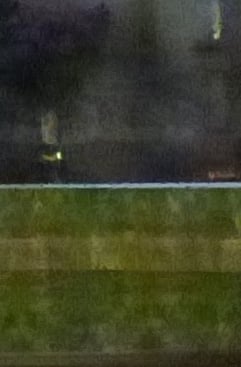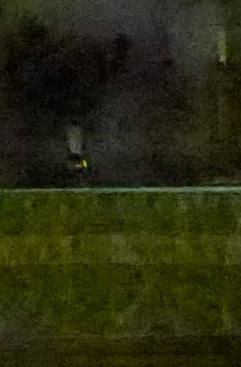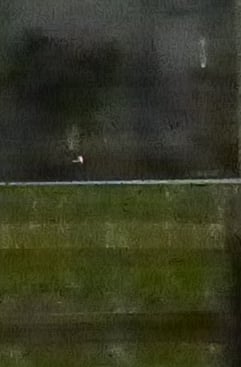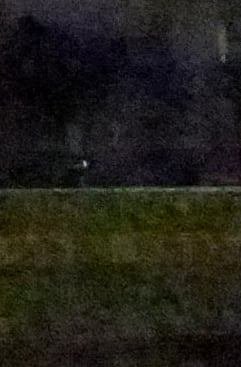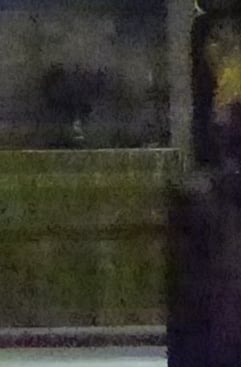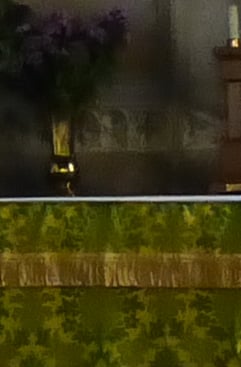Panasonic Lumix LF1 review
-
-
Written by Gordon Laing
Quality
Panasonic Lumix LF1 vs LX7 vs TZ35 / ZS25 Quality
|
Panasonic Lumix LF1 results : Quality / RAW quality / Noise / RAW Noise
Panasonic Lumix LF1 vs Lumix LX7 RAW Quality
|
Panasonic Lumix LF1 RAW |
Panasonic Lumix LX7 RAW | |
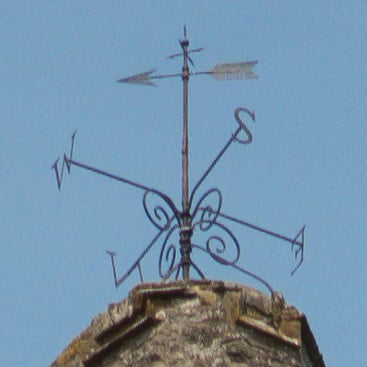 |  | |
f4, 80 ISO |
f4, 80 ISO | |
 |  | |
f4, 80 ISO |
f4, 80 ISO | |
 |  | |
f4, 80 ISO |
f4, 80 ISO | |
 |  | |
f4, 80 ISO |
f4, 80 ISO |
Panasonic Lumix LF1 results : Quality / RAW quality / Noise / RAW Noise
Panasonic Lumix LF1 vs Lumix LX7 RAW Noise
In my comparison below you can see how the Lumix LF1 compares against the Lumix LX7 when both cameras are set to RAW. I processed all files in Adobe Camera RAW using identical settings: Sharpening at 70 / 0.5 / 36 / 10, Luminance and Colour Noise Reduction both set to zero, the White Balance set to 3650K and the Process to 2012 with the Adobe Standard profile. These settings were chosen to reveal the differences in sensor quality and isolate them from in-camera processing. The high degree of sharpening with a small radius enhances the finest details without causing undesirable artefacts, while the zero noise reduction unveils what’s really going on behind the scenes – as such the visible noise levels at higher ISOs will be much greater than you’re used to seeing in many comparisons, but again it’s an approach that’s designed to show the actual detail that’s being recorded before you start work on processing and cleaning it up if desired. Once again what you’re looking at below are two cameras which share the same 1/1.7in sensor size, but slightly different resolutions: 12 Megapixels on the LF1 and 10 Megapixels on the LX7. Obviously they also have different lenses, but with the crops coming from near the center of the frame, and the same processing applied to both models, we’re really comparing the sensors here. I’ll keep it brief here: I’d say between 80 and 800 ISO, both the LF1 and LX7 share very similar noise characteristics, not to mention similar degrees of real life detail. The two extra Megapixels of the LF1 aren’t delivering finer details, and the two fewer Megapixels of the LX7 aren’t delivering lower noise. Interestingly on the previous page I reckoned the LX7 enjoyed a minor edge up to 800 ISO, but when comparing their RAW files with the same processing settings, they’re much closer. At 1600 ISO upwards, pixel-peepers might notice fractionally higher evidence of chroma noise on the LF1, but not enough to choose one over the other – and besides at this point neither camera is delivering much detail to work with. So once again when it comes to actual noise levels and detail recorded by their sensors throughout their sensitivity ranges I’d rank the Lumix LF1 and LX7 on a similar level – as you should expect given their identical sensor size and similar resolutions. But the more important story in my tests is that the LX7 can resolve finer details overall thanks to a sharper lens, something that’s particularly evident in my outdoor results at the start of this section. So you’ll have to weigh-up whether the longer zoom range, built-in viewfinder and smaller body of the LF1, not to mention its wireless connectivity, is worth having over the ultimately sharper results from the LX7. But as I’ve said before, even though the LX7 delivers crisper results, the Lumix LF1 is still capable of very respectable image quality, and you’ll see more examples in my Panasonic Lumix LF1 sample images.
|
Panasonic Lumix LF1 results : Quality / RAW quality / Noise / RAW Noise
Panasonic Lumix LF1 vs LX7 vs TZ35 / ZS25 Noise
In my comparison below you’re looking at results from three Panasonic cameras, each with different resolutions: from left to right there’s the Lumix LF1 with 12 Megapixels, the Lumix LX7 with 10 Megapixels and the Lumix TZ35 / ZS25 with 16 Megapixels. There’s also differences in the sensor sizes with the LF1 and LX7 both employing 1/1.7in sensors which are slightly larger than the 1/2.3in sensor in the TZ35 / ZS25. So with the highest resolution and the smallest sensor, the TZ35 / ZS25 has a much finer pixel-pitch than the others. There’s also differences in the optical ranges with the LF1, LX7 and TZ35 / ZS25 sporting 7.1x, 3.7x and 20x zooms respectively. And finally, there are differences in the image processing, although since all three are from the same manufacturer and launched within a year of each other this is less of a factor than in other comparisons. A quick note before starting – I selected a manual white balance setting on all three cameras for consistency here, although in retrospect I went a little far towards the cool end, hence the slightly blue cast. The actual noise levels and processing artefacts remain comparable though, so let’s get on! The Lumix LF1 and LX7 both offer an 80 ISO setting, so kick-off the comparison with very clean, detailed results. I’d say there’s little to choose between them here, but the extra 2 Megapixels of the LF1 certainly aren’t resolving any more detail. At 100 ISO the TZ35 / ZS25 joins in with a result that’s visibly a little noisier than the LF1 and LX7, and which, despite having a higher resolution, actually contains less detail. We also saw this in my outdoor comparison and proves the combination of a bigger zoom range and a smaller sensor can compromise overall quality, and that increasing the resolution will do nothing to help. Meanwhile pixel-peepers may notice the LF1 has a fraction more noise than the LX7. At 200 ISO, there’s a bigger difference opening up between the LF1 and LX7 in terms of noise, although the actual degree of detail remains similar. Meanwhile the TZ35 / ZS25 is already noticeably noisier and lacking finer details. At 400 ISO the story continues with the LX7 still delivering slightly cleaner results than the LF1, but both cameras ultimately delivering similar amounts of detail, while the TZ35/ ZS25 is beginning to suffer. At 800 and 1600 ISO you can begin to see a different processing strategy between the LF1 and the LX7 with the former allowing more noise to show through, but the latter applying greater processing to smear it out. Again there’s not a lot to choose between them, but both are enjoying greater definition than the TZ35 / ZS25 thanks to their slightly bigger sensors. At 3200 ISO though it really is game over for all three cameras. The TZ35 / ZS25 bows out at this point, leaving the LF1 and LX7 to foolishly continue onto 12800 ISO at which point you’re really looking at a mess. I should note the LF1 offers 12800 at the full resolution compared to a reduced resolution on the LX7, but honestly, would you use either at this point? So what can we conclude from this test? I’d say in terms of noise levels, the Lumix LF1 and Lumix LX7 perform similarly although the latter enjoys a minor edge. Meanwhile both visibly out-perform the TZ35 / ZS25, proving even a slightly larger sensor can deliver superior results – but of course for noticeably cleaner images you’ll need a bigger sensor still. When it comes to the LF1 and LX7 though are we seeing different noise levels due to their slightly different resolutions, or is it more down to processing. The only way to find out is to shoot in RAW, turn off the noise reduction and bump up the sharpening. So to discover what’s really happening behind the scenes, check out my Panasonic Lumix LF1 RAW noise results, or if you’ve already seen enough, skip to my Panasonic Lumix LF1 sample images.
|
Panasonic Lumix LF1 results : Quality / RAW quality / Noise / RAW Noise |
